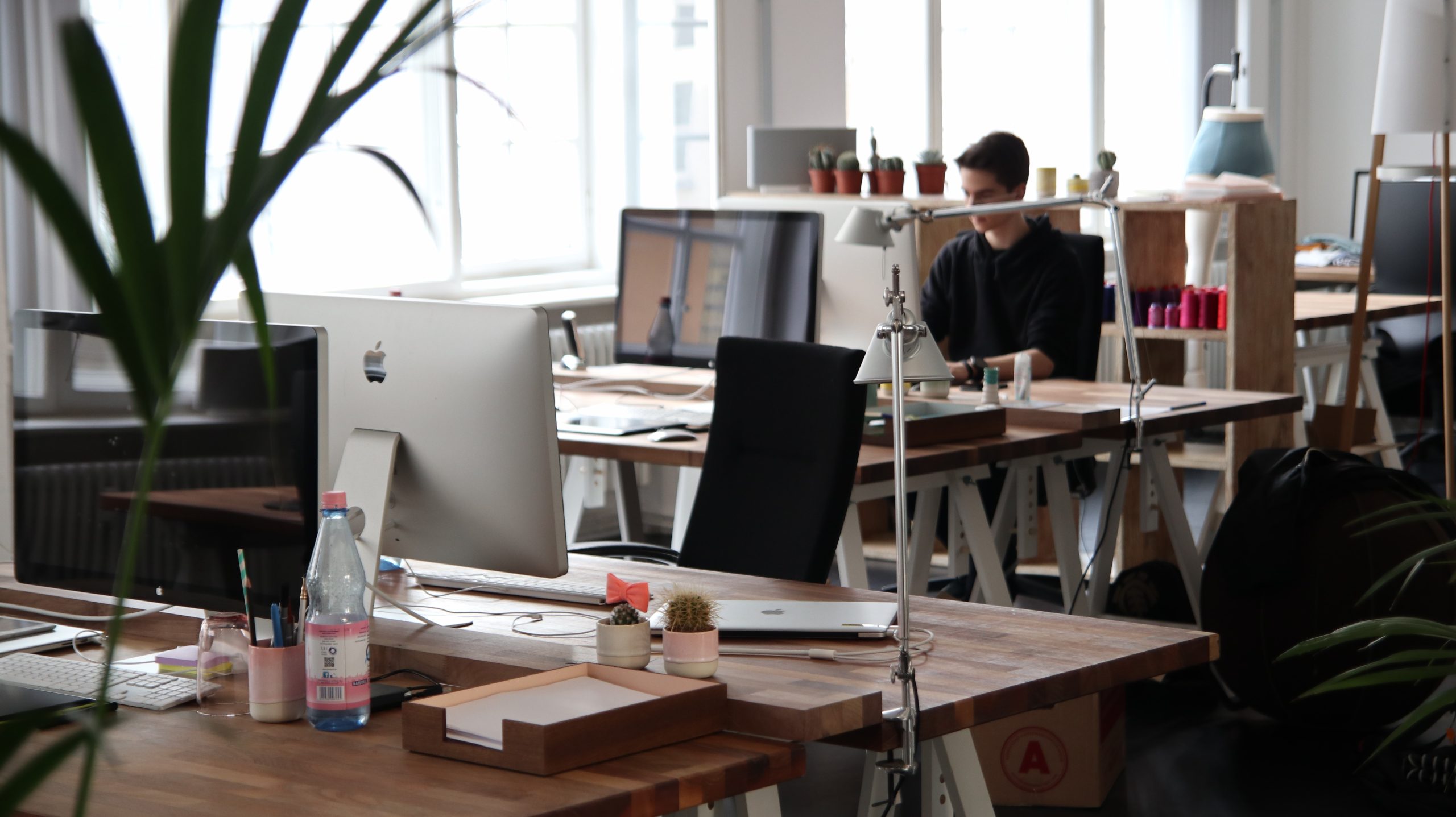Many of us lead hectic lives where multitasking has become the norm for getting things done. But does multitasking help improve productivity in the workplace? In this article, we will explore the pros and cons of multitasking in the workplace, and get an idea of how it can affect productivity. We will discuss studies that have been conducted on the subject as well as potential solutions if you find yourself struggling with managing multiple tasks at once.

Multitasking at Work
Multitasking at work is a reality of the modern workplace. With the ever-increasing amount of technology and tasks on our plates, multitasking has become an essential skill for many employees. While it can be beneficial in some situations, there are also potential drawbacks to consider when attempting to juggle multiple tasks simultaneously.
At its core, multitasking is an attempt to do more than one task at once. This type of activity can help increase productivity by enabling people to handle multiple projects or tasks without becoming overwhelmed with too much work. However, if done incorrectly, multitasking can lead to mistakes or missed deadlines due to divided attention between tasks. Additionally, it can cause stress and exhaustion from constantly switching between activities and trying to keep track of everything.
Benefits of Multitasking
Multitasking has become the norm in the modern workplace to help increase productivity. It involves performing more than one task at once, with some tasks taking priority over others. To take full advantage of multitasking, it is important to understand its benefits and how it can be utilized properly.
Multitasking can help break up monotonous tasks into manageable chunks. For example, someone spending hours on a single spreadsheet may find that breaking up their work into smaller pieces and doing multiple spreadsheets simultaneously helps them stay focused on the task at hand while still completing it quickly. This can also decrease the amount of time spent procrastinating or getting distracted by other activities in between tasks which can lead to better overall productivity.

Challenges of Multitasking
Employers need to understand these potential pitfalls so they can take steps to help their staff overcome them and remain productive. One of the biggest challenges posed by multitasking is that it decreases an individual’s ability to focus on any one task. When an employee switches back and forth between different responsibilities, they don’t have time to fully commit themselves to any one project or job. This can lead to half-finished projects and sloppy work due to a lack of concentration.
Tips for Maximizing Productivity
With the current situation, many employees are finding themselves working from home with limited access to resources. To maximize productivity and get the most out of your workday, it’s important to establish a set schedule and routine that you can stick to. Start by creating a daily plan with fixed points throughout the day that represents when work should begin and end; this will help you stay focused and limit distractions.
Additionally, create a designated workspace separate from where you relax or sleep to maintain clarity between leisure time and work obligations. Make sure your workspace is well-lit, organized, and stocked with the tools needed for success – such as pens, paper, laptop chargers, etc. Take regular breaks throughout the day such as lunch or quick walks outside to boost energy levels.
Multitasking can be beneficial to improving productivity in the workplace, especially when done properly. It can help workers to stay focused and organized, as well as save time if done with discretion. However, employers need to think about how multitasking might affect their employees’ overall workloads, energy levels, and stress levels. Furthermore, managers need to provide their staff with the necessary training and guidance on how best to manage their workloads when multitasking.
